We’ve been home for a week, so I’m finally getting around to wrapping up the blog for this trip. We ended our trip in Boston, home of some incredible history around the founding of America, and the impetus for the Revolution. First off, I highly suggest you DO NOT DRIVE HERE!! We drove to our hotel to drop off luggage and then took the car to the rental spot. It wasn’t too difficult to get to the hotel, but getting to the Hertz garage to drop off the car was a lesson in aggressive driving.
Having commuted 75 miles a day to and from Oakland for 26 years had it’s share of challenges, but nothing compared to Boston. There are a lot of one-way roads, intersections that make no sense whatsoever, and a crushing amount of traffic at nearly all times of the day. Just taking the car about a mile took nearly 20 minutes! We literally could have walked faster! Also, these people honk their horns as often as Gen Z uses the word “like”!
After happily dropping off the car, we started our walk along “The Freedom Trail,” a 2.5 mile walk that visits the main landmarks of Boston related to our country’s revolution from those nasty Brits. There are an impressive number of landmarks, enough that we had to break down this walk into two days. Directly across the street from the Hertz return spot is Boston Common.
Boston Common is the oldest city park in the United States. This 50 acre park was initially used as a cow pasture. It was also used as a military drilling field, execution grounds, public gathering place, and finally parkland. It was also used as a military camp by the British before the Revolutionary War, and it was from here that the British set off for the Battle of Lexington and Concord. It is currently home to some very strange art?
This is called “The Embrace”, and is supposed to represent Martin Luther King and Coretta Scott King hugging each other. I don’t even want to get into what it actually looks like…let’s just agree it’s butt ugly and move along.
Below is the Massachusetts State House, completed in 1798. The golden dome was originally made of wood and overlaid with copper by Paul Revere. It was covered with 23-karat gold leaf in 1874. It is still used by the state legislature and holds the governor’s offices.
Just across the street from Boston Common is the Park Street Church. The 217 foot steeple was the main landmark in Boston until the rise of the skyscrapers. Founded in 1809, it was also called Brimstone Corner, as brimstone (an ingredient in gunpowder) was stored here during the War of 1812. The church is also notable in that “America (My Country ‘Tis of Thee)” was first sung here on July 4th, 1831.
Just as you pass the church you come upon the Granary Burying Ground, so called because there was originally a grain storage building where the Park Street Church is today. There are estimated to be over 5,000 bodies here, but there are only 2,300 headstones. This is the final resting place of many American Revolutionary heroes. First is Samuel Adams.
A really large tombstone for the man with the large autograph, John Hancock.
This is the tomb of the midnight rider, Paul Revere. His father is buried next to him, with the small tombstone.
The last tombstone of note is for the victims of the Boston Massacre. More on the Boston Massacre later.
The next spot on the Freedom Trail is the former site of America’s first public school, the “Boston Latin School,” where Benjamin Franklin was a student.
This is the Old South Meeting House, built in 1729 as a house of worship. This was the largest building in colonial Boston, and served as the meeting place for discussions leading to the American Revolution, including meetings which resulted in the Boston Tea Party.
This is the Old State House, which was the seat of power in colonial Boston. Built in 1713, this was where the royal Governor and his advisors worked as representatives of the King’s rule.
Directly in front of the Old State House is this marker, which indicates the spot where the Boston Massacre occurred. On March 5, 1770, British soldiers opened fire on the unarmed crowd, killing 5 people.
While the British referred to the event as an “Unhappy Disturbance at Boston,” Paul Revere labeled it a “Bloody Massacre,” and widely circulated an illustration of the event which became very powerful propaganda, creating a huge surge of anti-British sentiment in the colonies.
We stopped our Freedom Trail tour for the day at Faneuil Hall, in the background of this photo, and had a beer at the adjacent Samuel Adams Brewery, which has an excellent view of the Samuel Adams sculpture. Way back when Kim and I were married, we had a keg of Samuel Adams beer for the wedding party, and while my tastes have moved elsewhere, I admit that some of the beers they had on draft at the brewery were quite good!
On our walk back to the hotel, we came across this huge flag at Rowes Wharf.
The inside of the building with the flag is stunning!
The waterfront here is gorgeous as well.
The skyline is gorgeous at night. This is the Custom House Tower, built in stages from the 1830’s through the early 1910’s. It was the tallest building in Boston until 1964.
Up next, we finish the Freedom Trail, and wrap up our Boston visit.
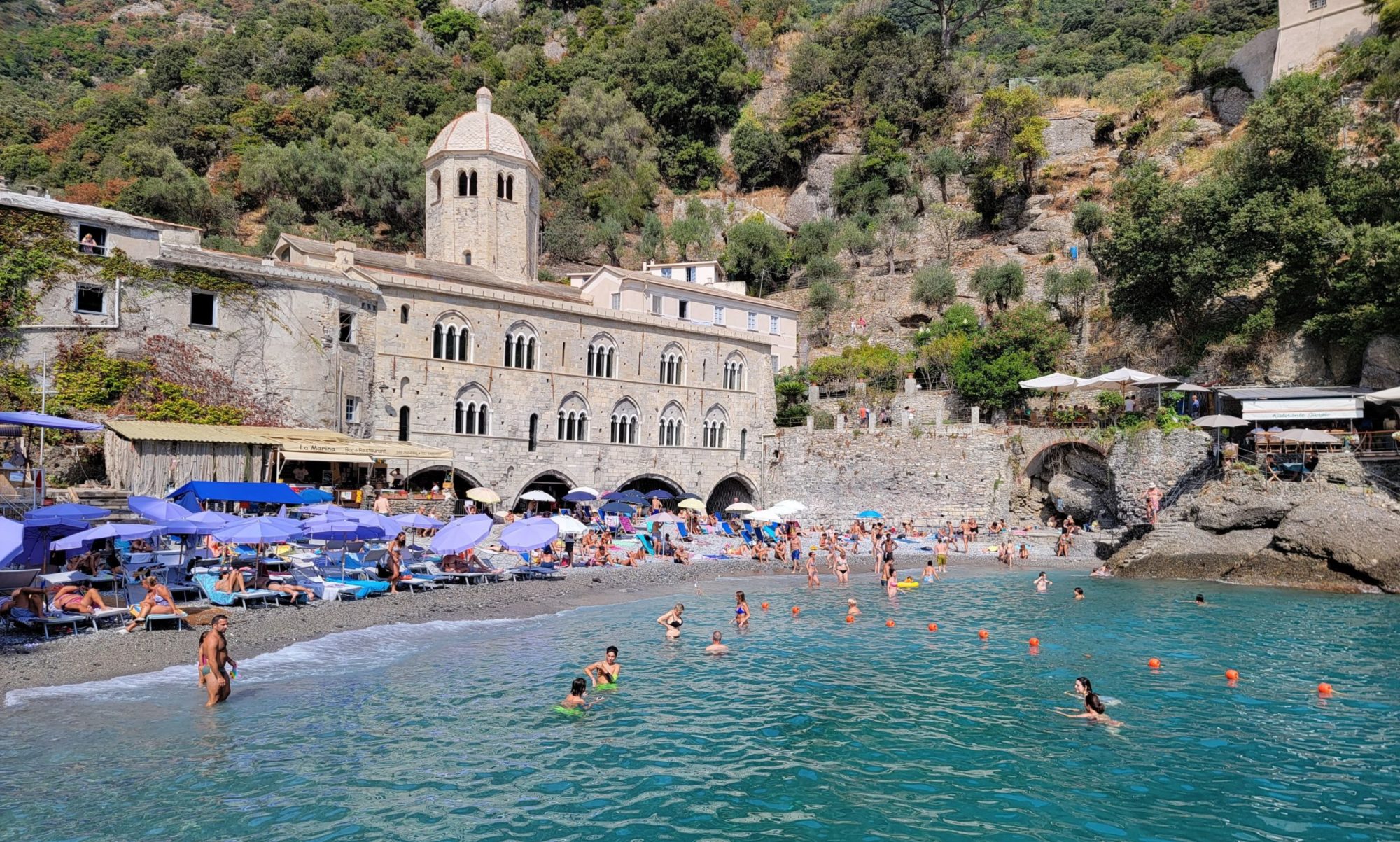

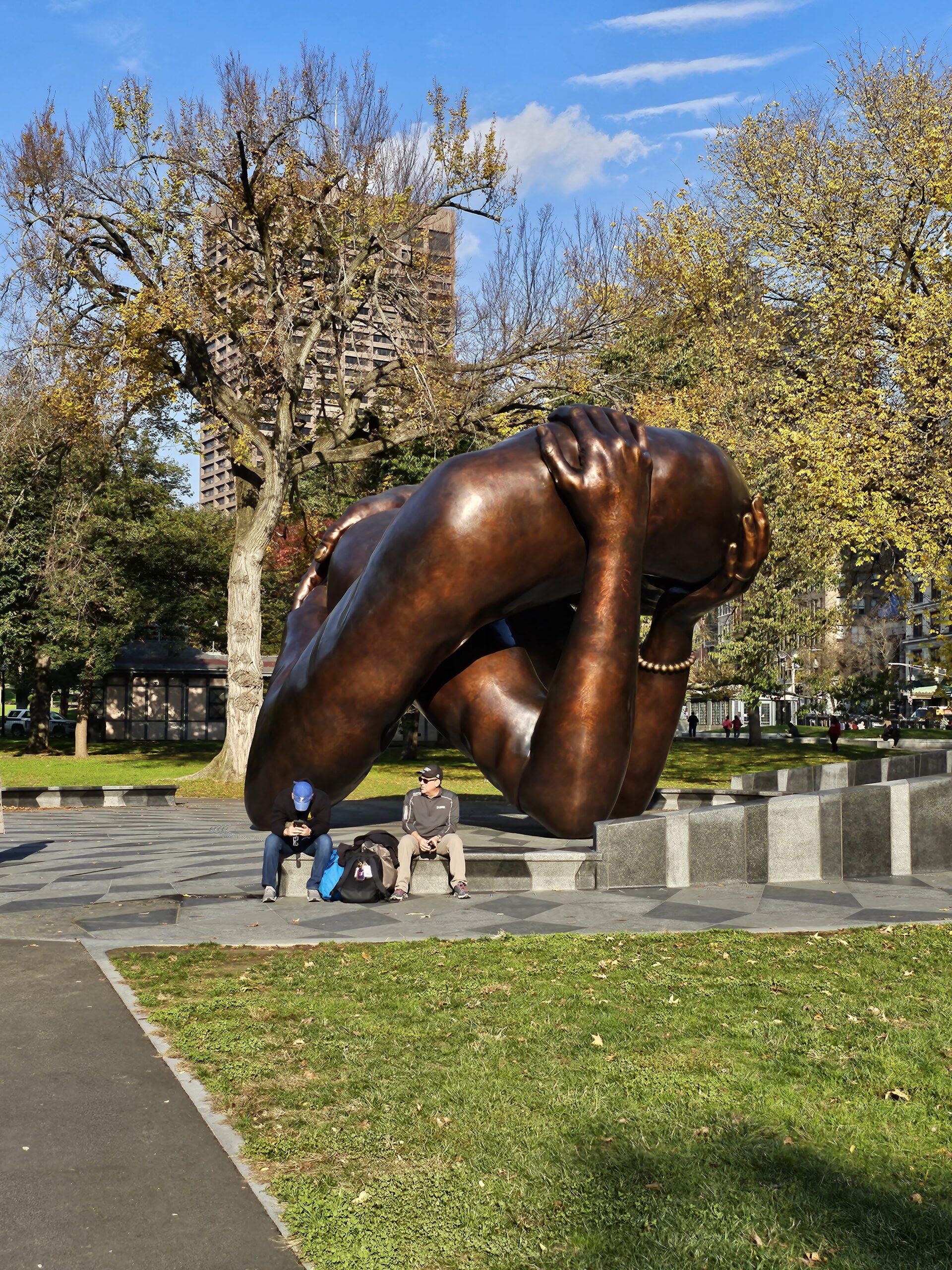
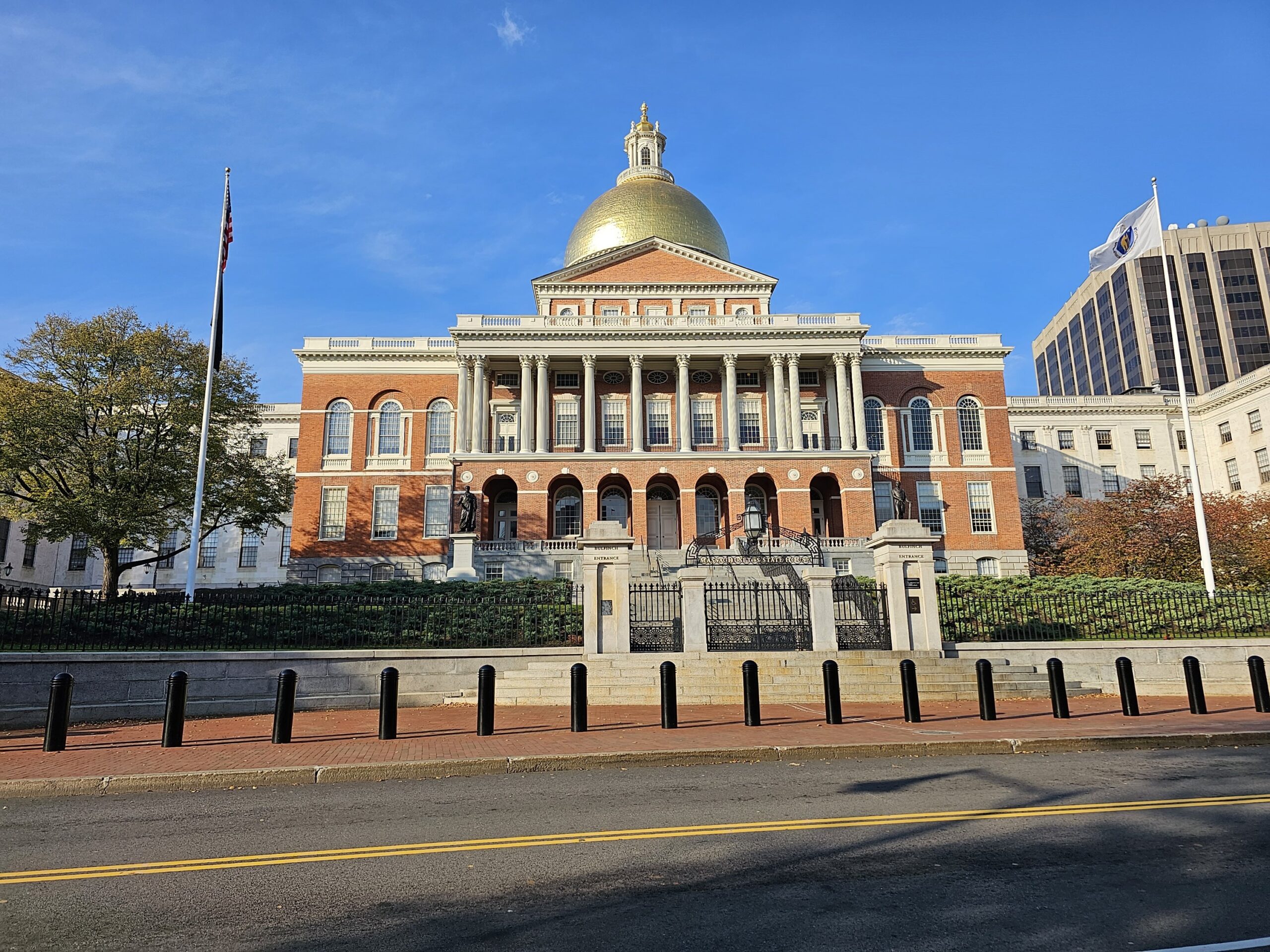
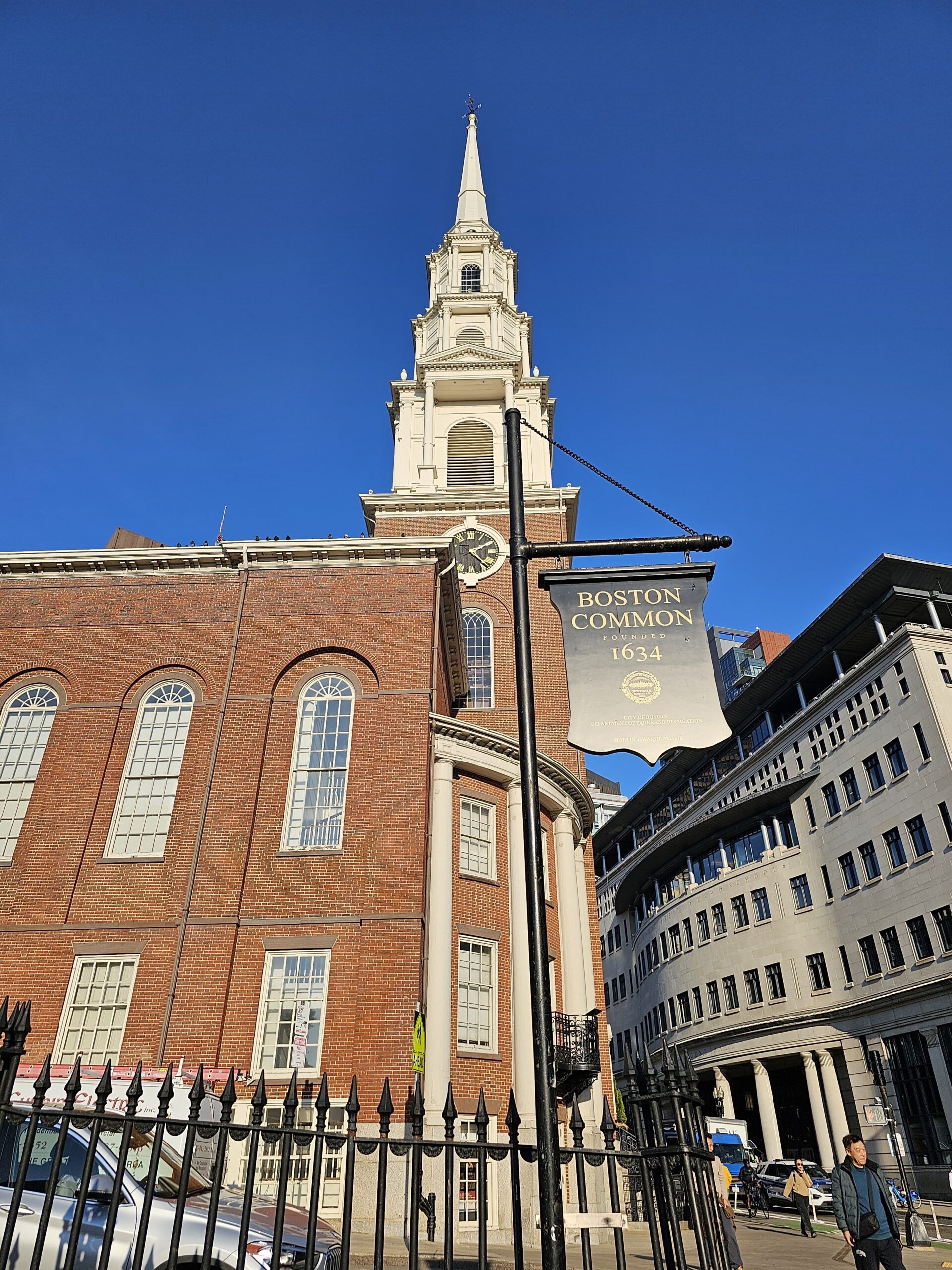
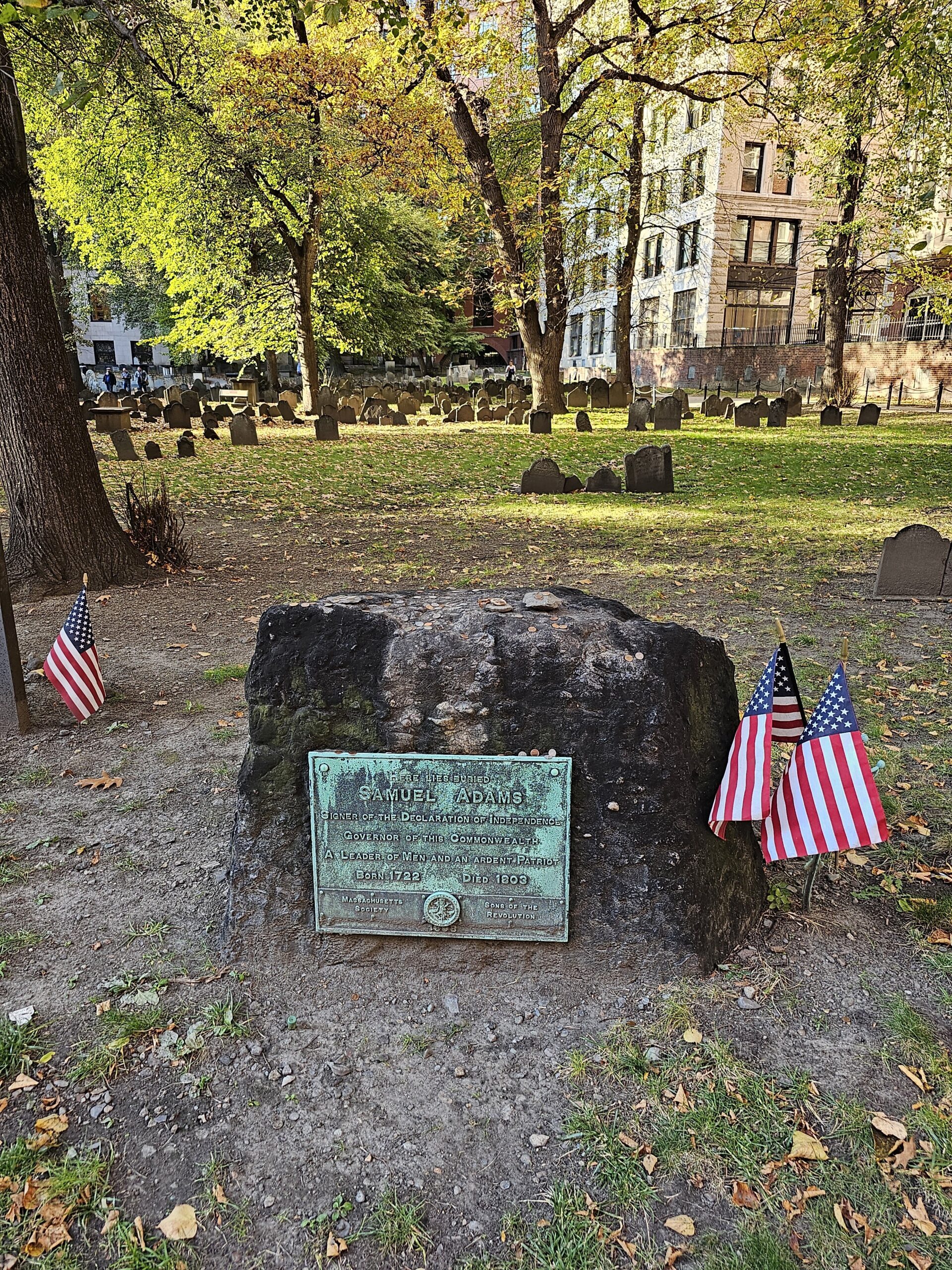
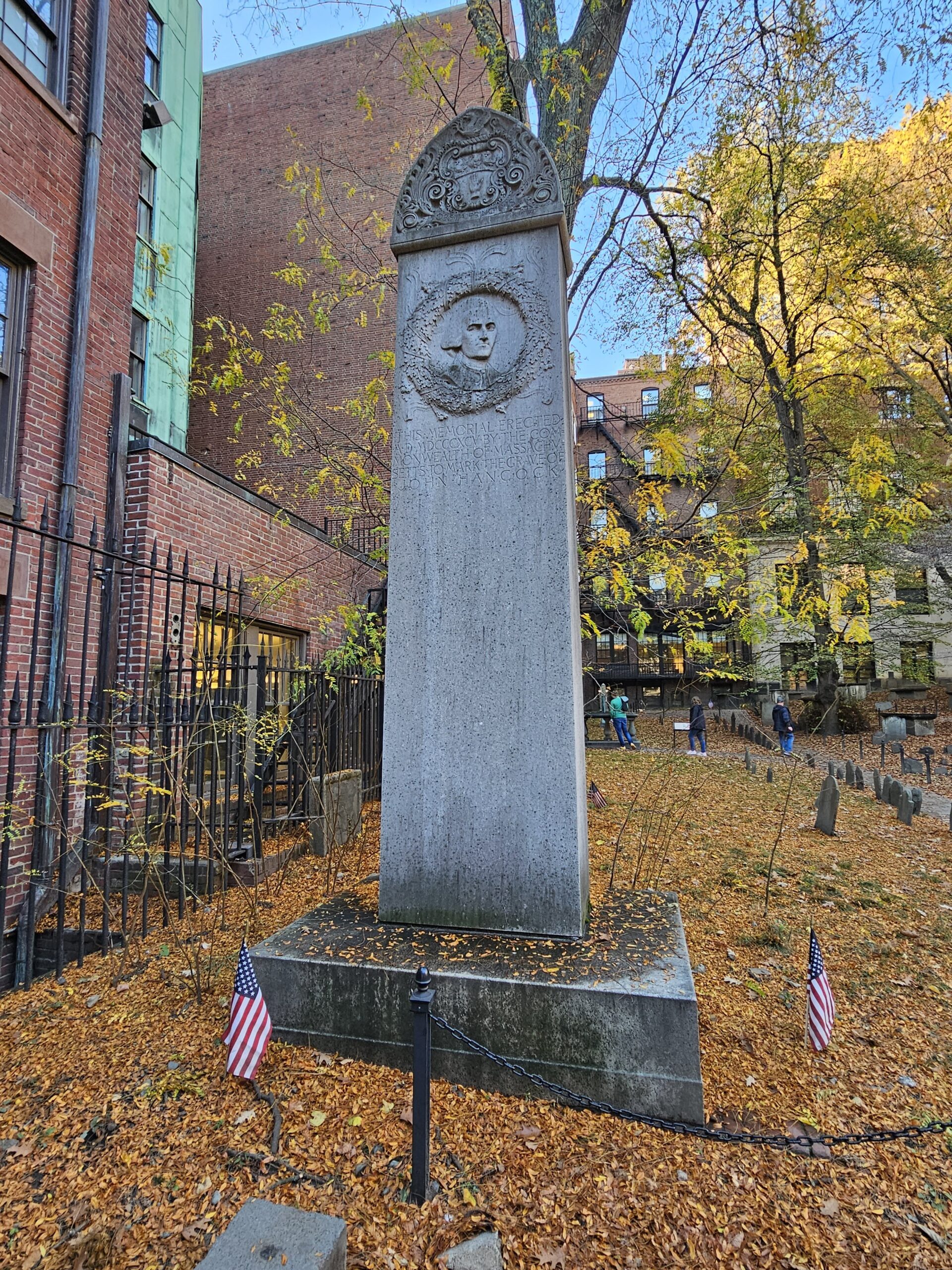
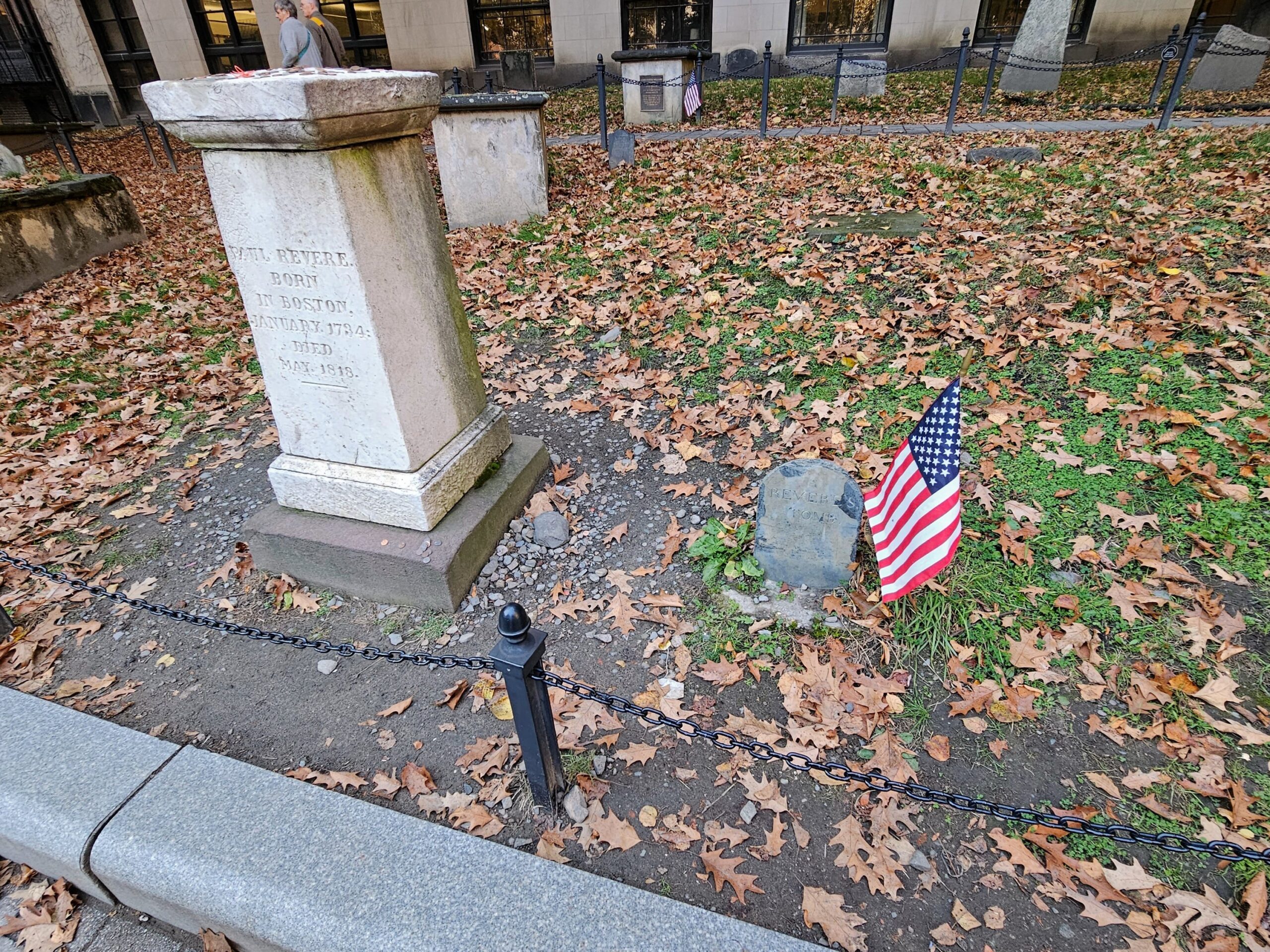
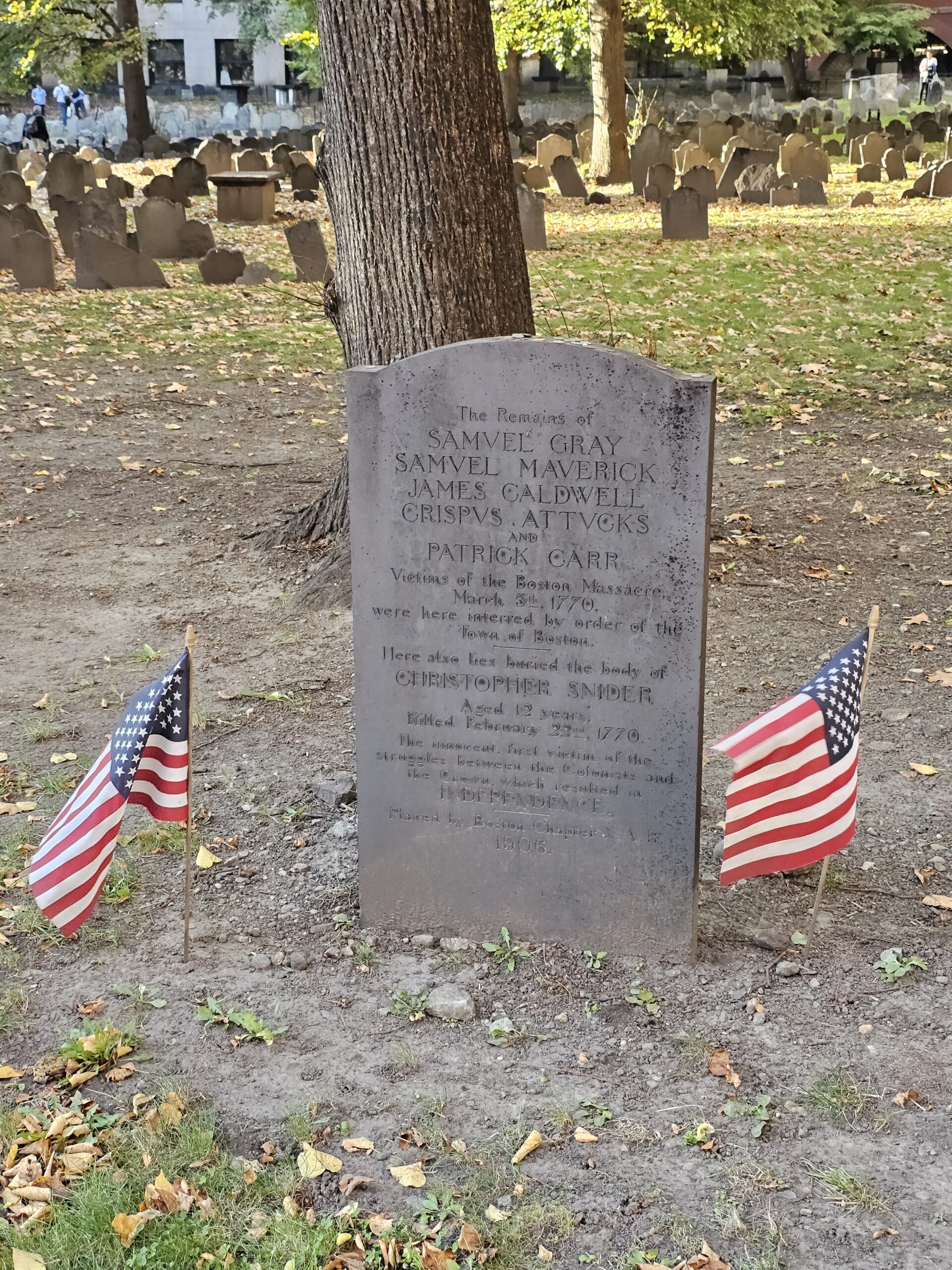
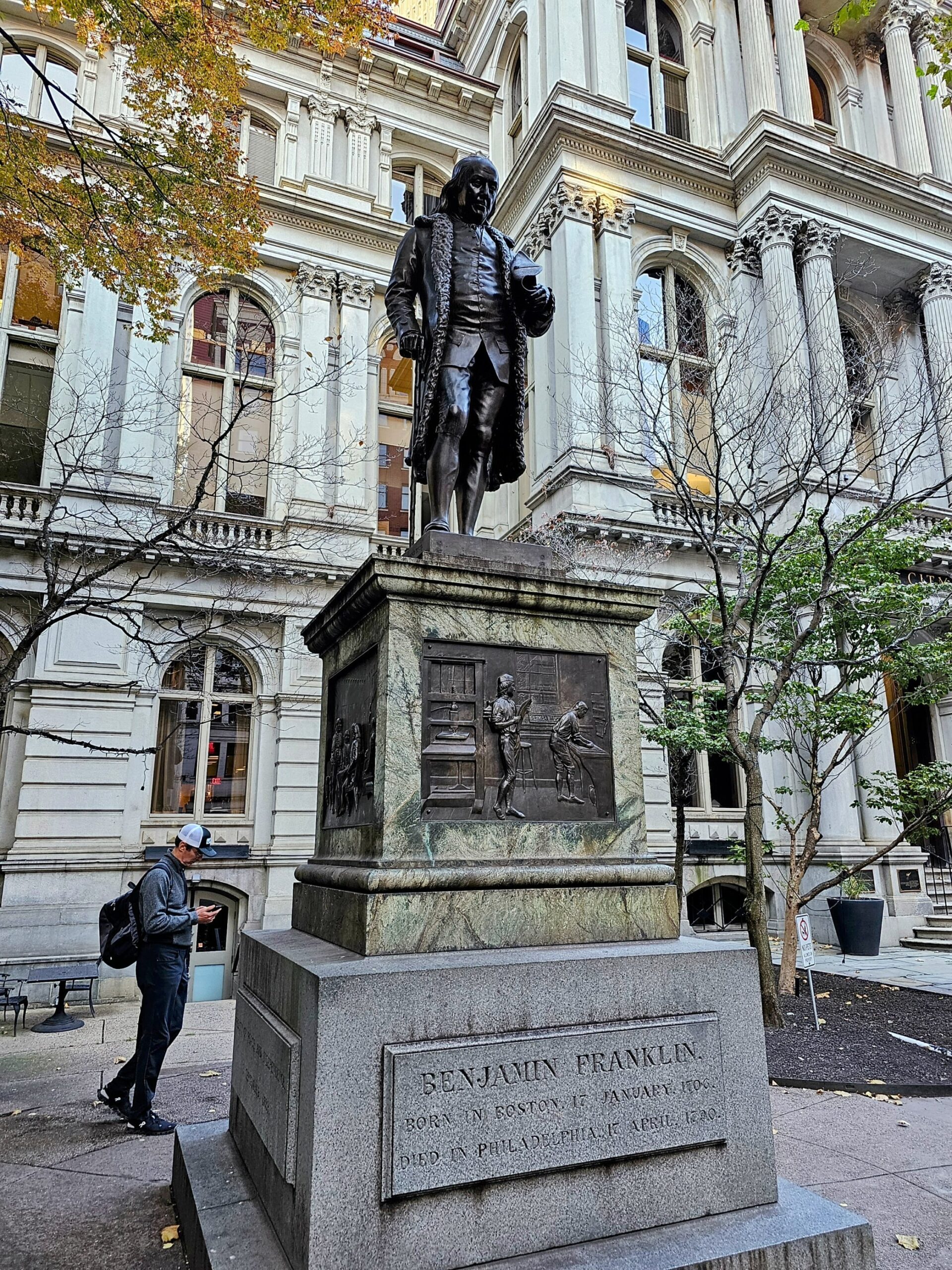
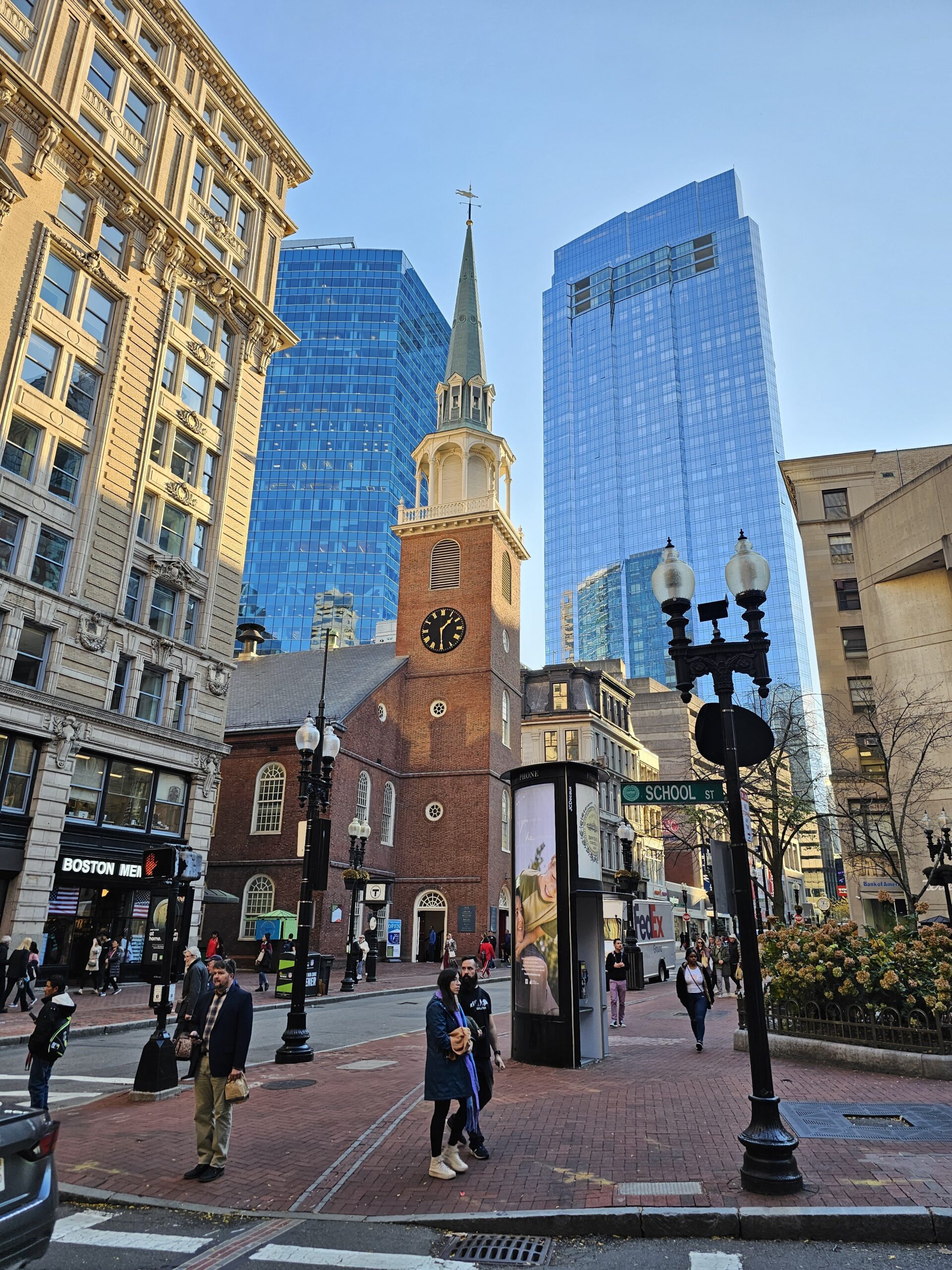
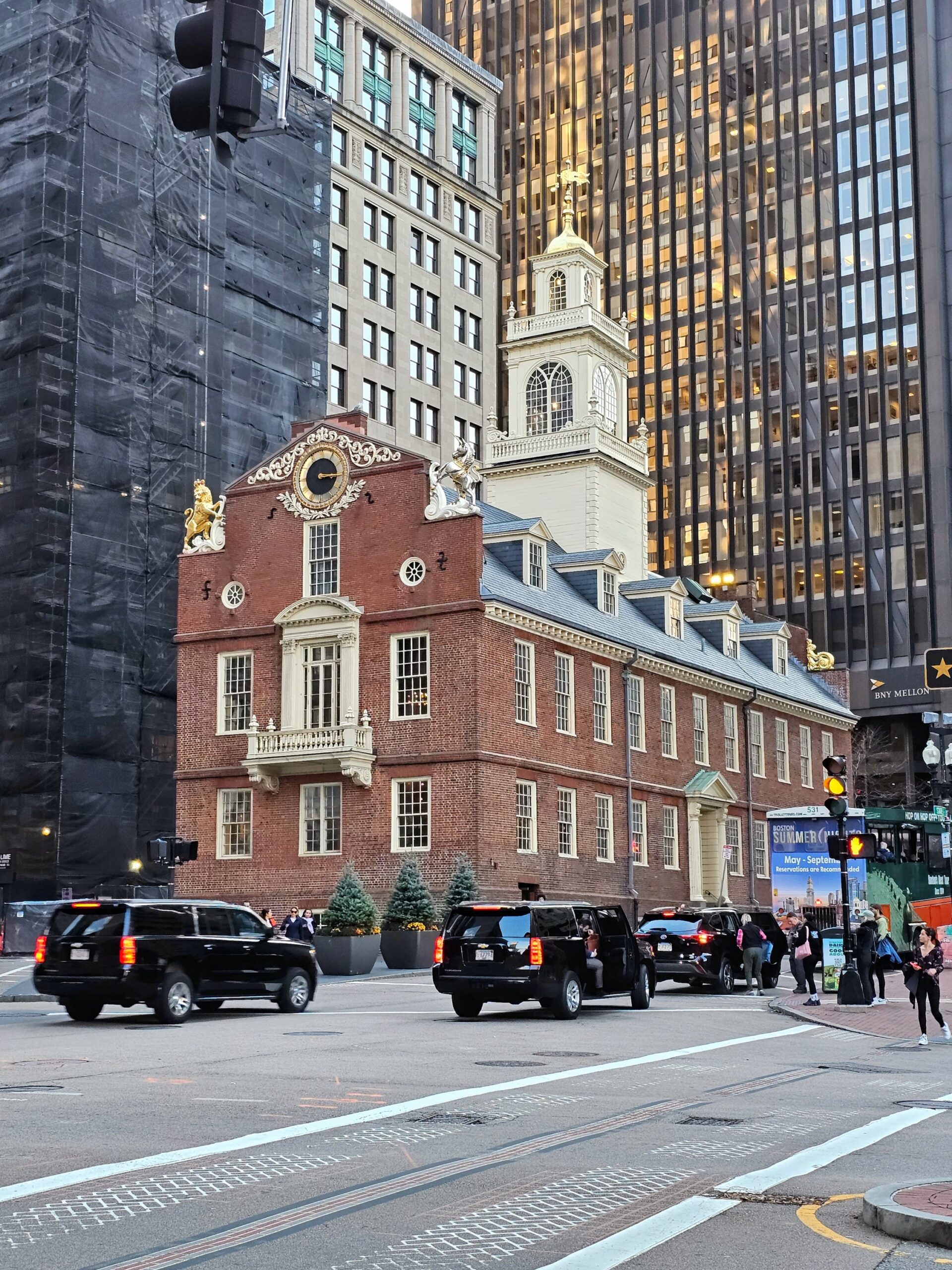
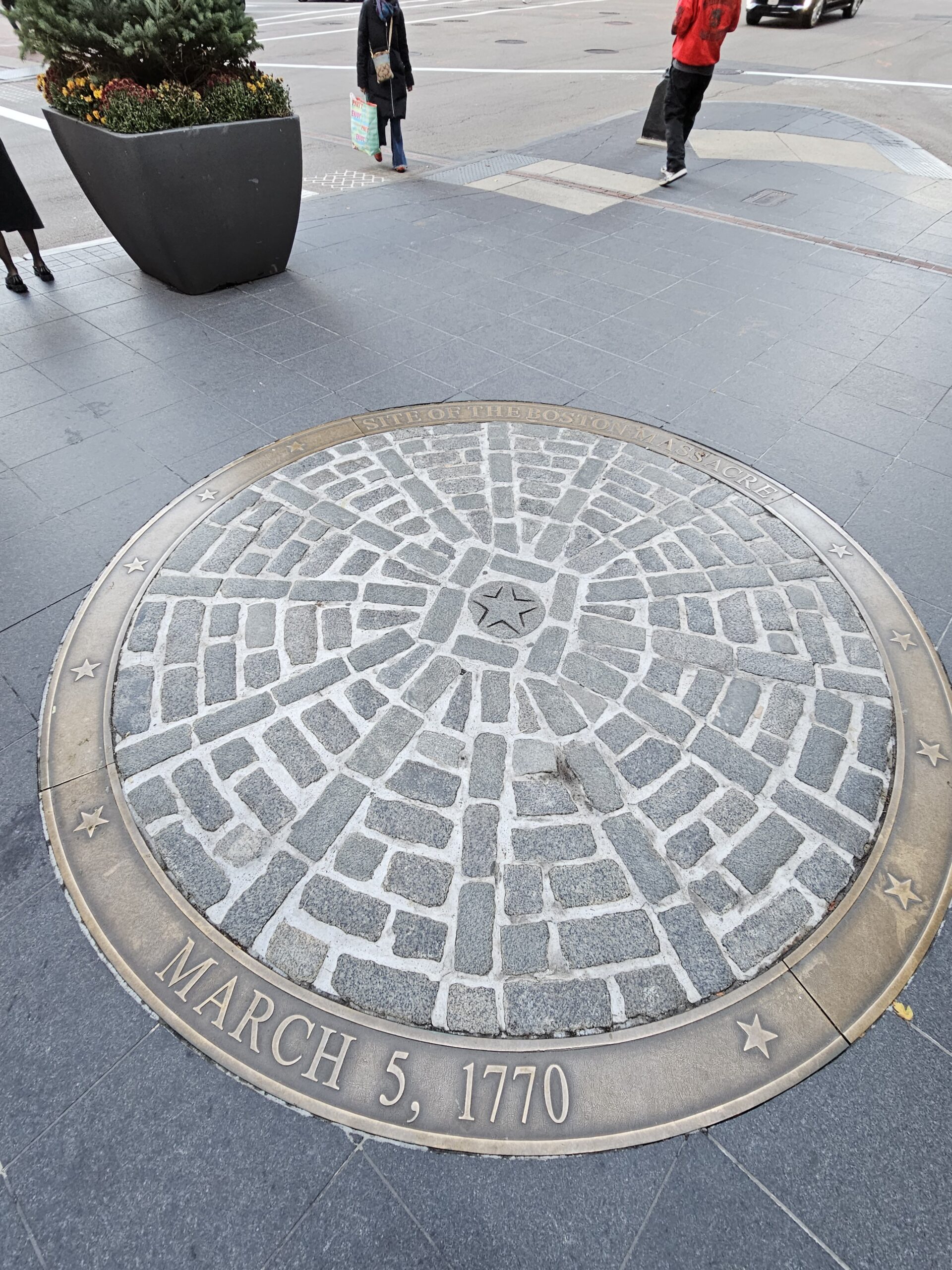


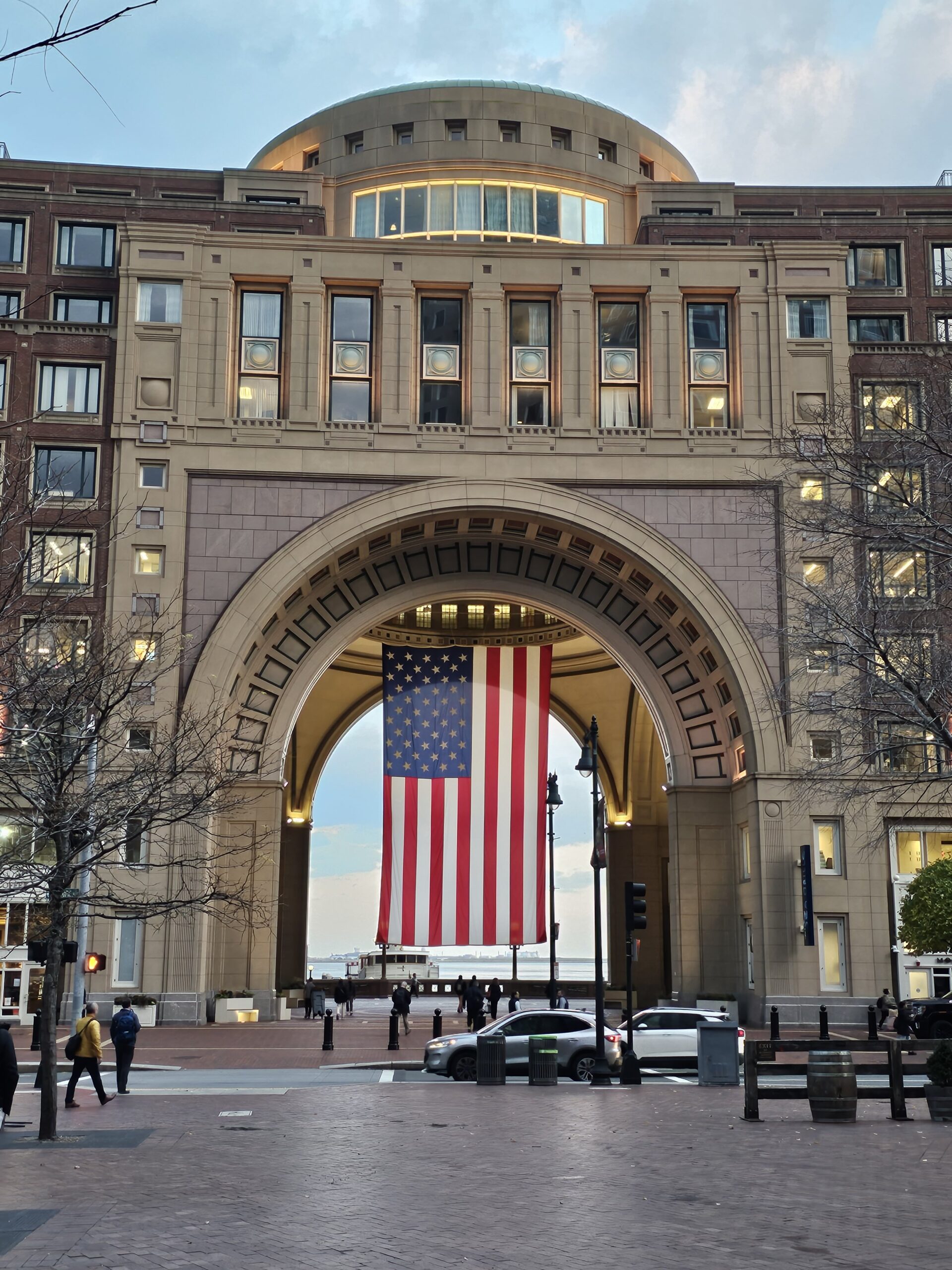
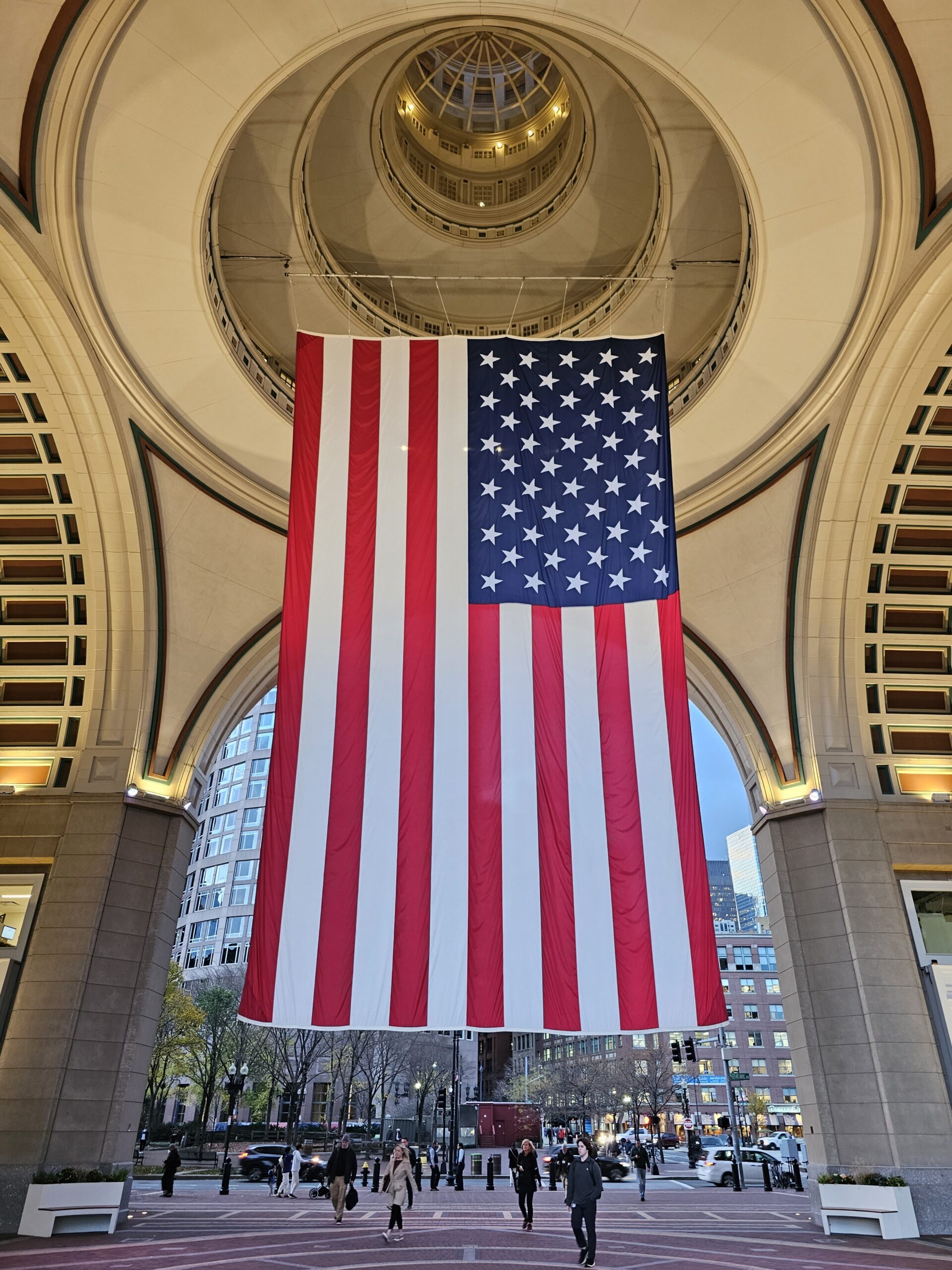
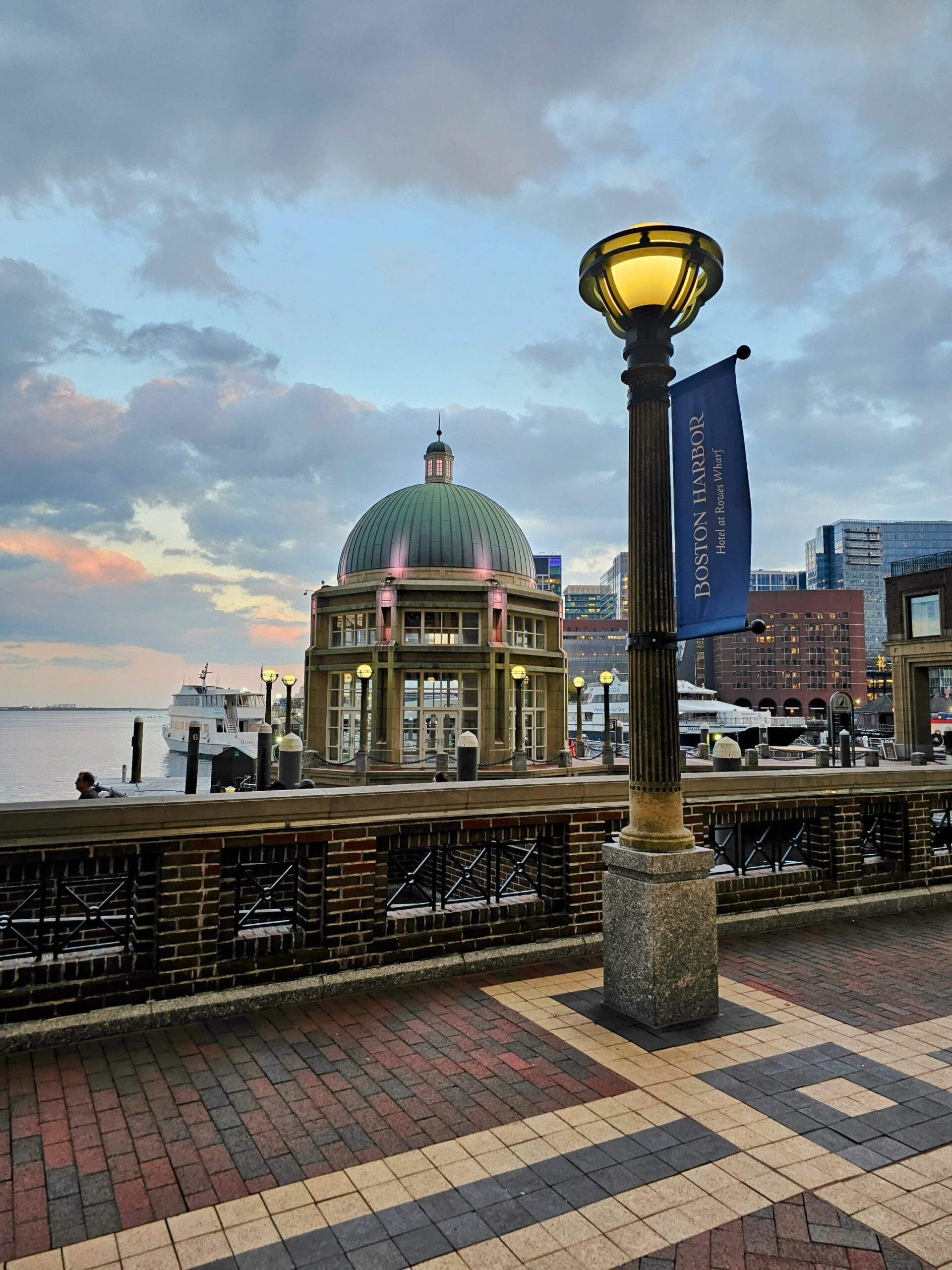
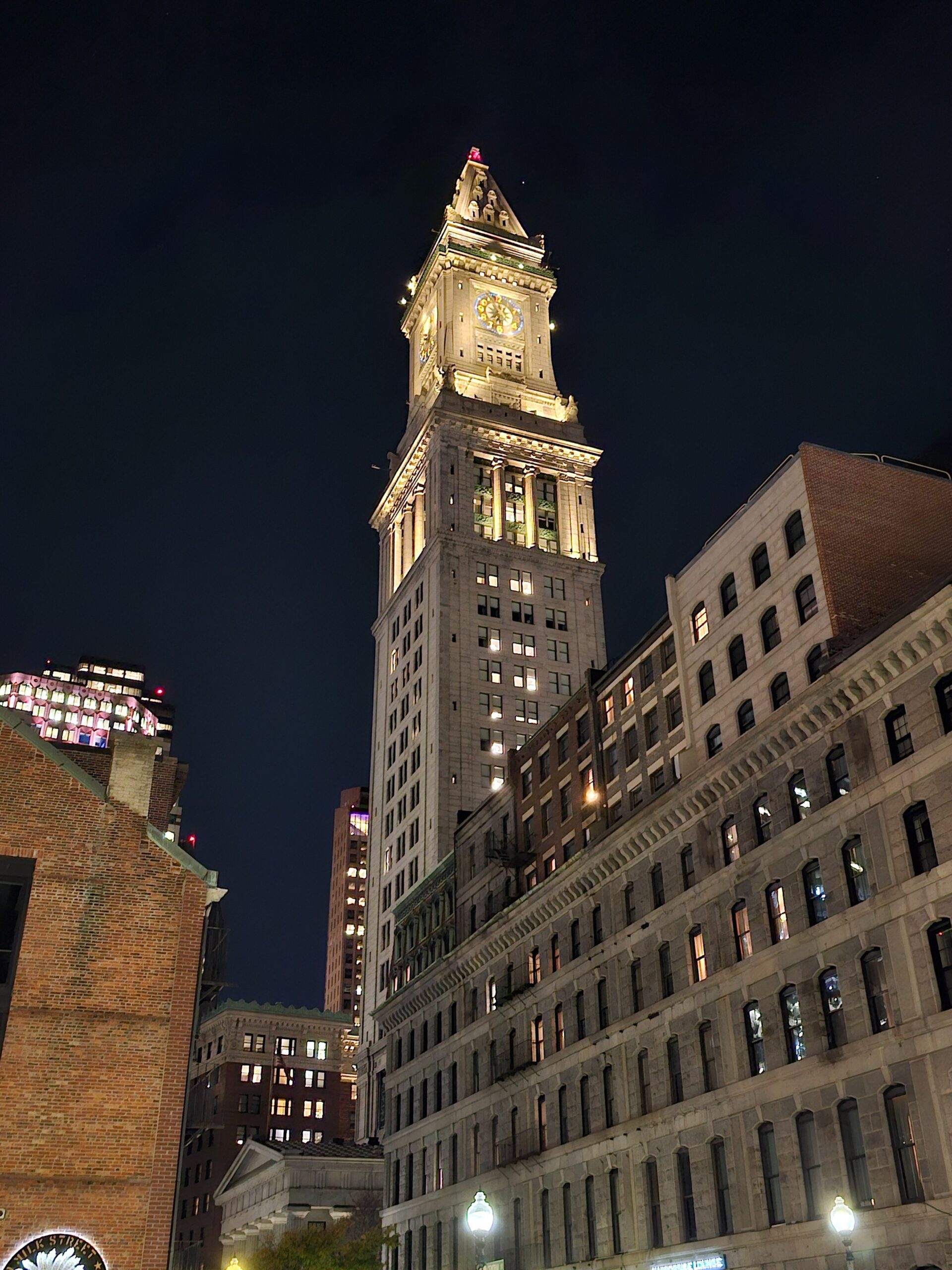
It would be nice to do the entire east coast visiting other famous sites: Valley Forge, Philadelphia, Annapolis, Yorktown. Living on east coast, I’ve seen much of this.